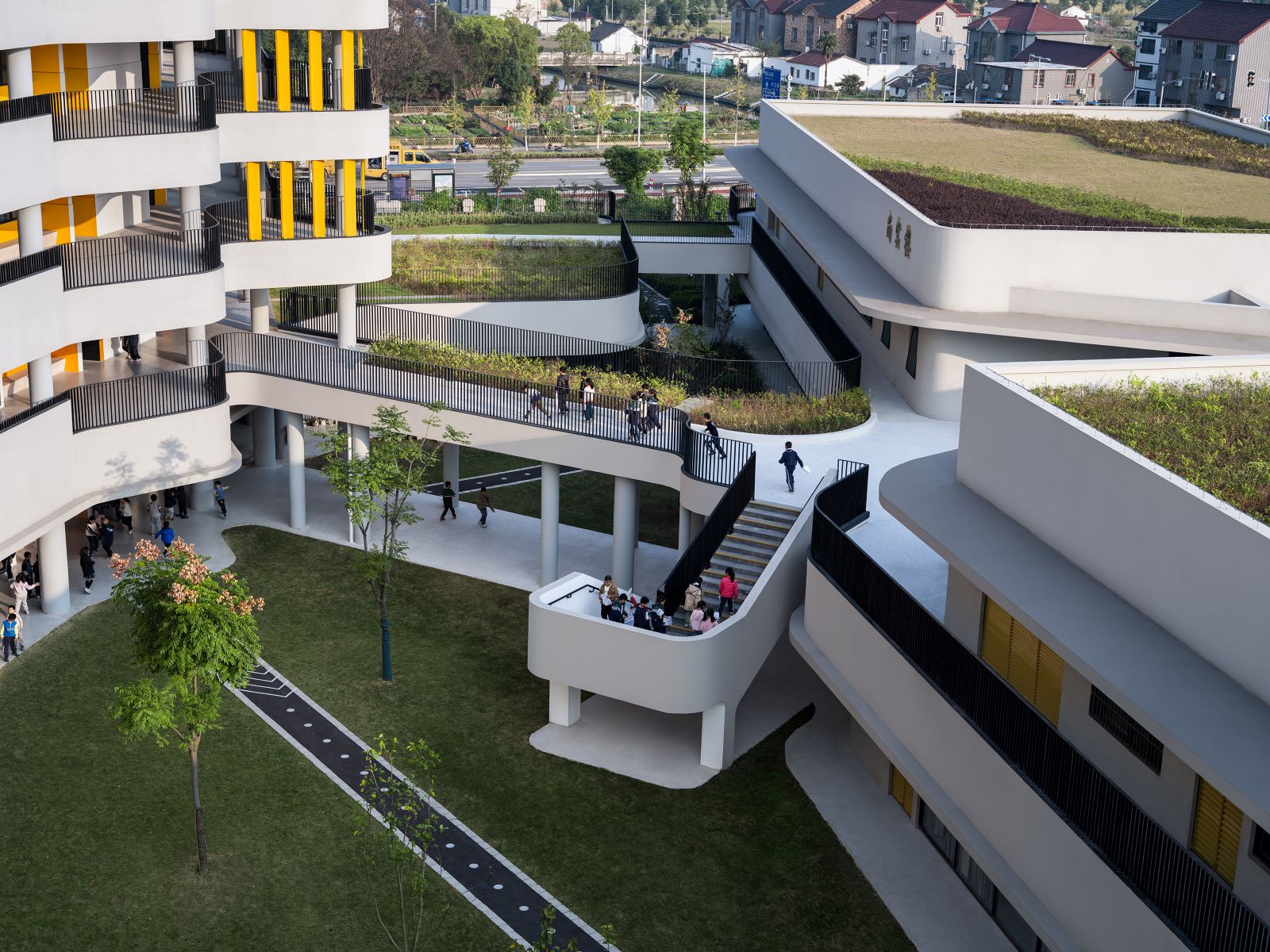Part 1: Reincarnation of the Architect (through crowdsourced design and generative AI)
This article talks about the starting point of the design process, the evolving role of an architect, and raises concerns about the “dumb” use of artificial intelligence.
Figure 1.1 Prompt: Sketch of skyscraper drawn on iPhone Notes app
Figure 1.2 Ou...






